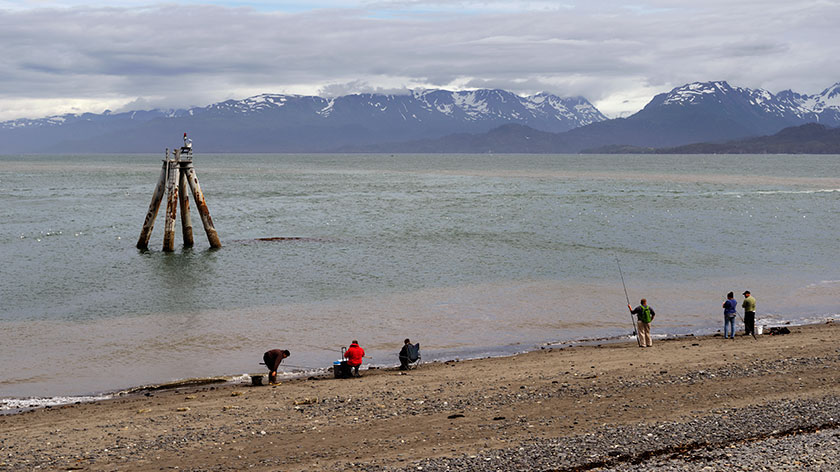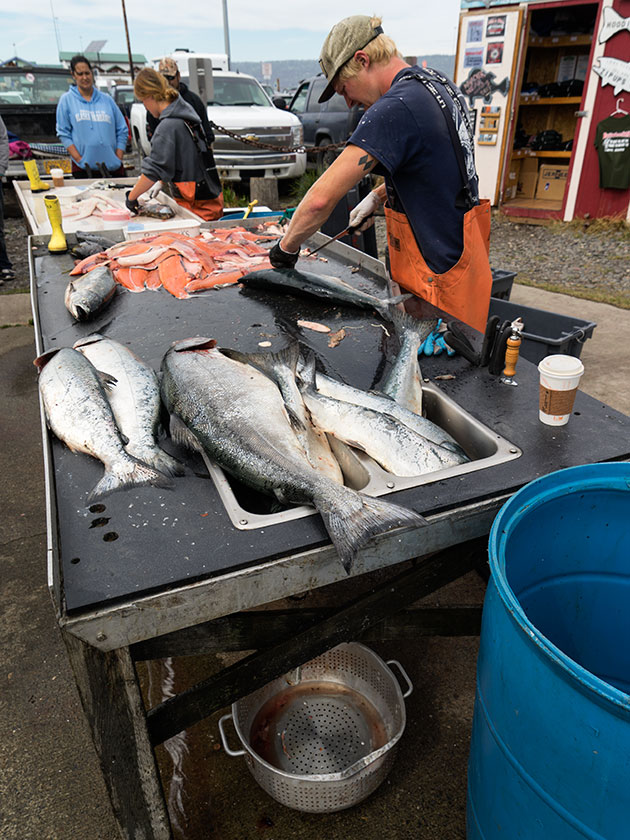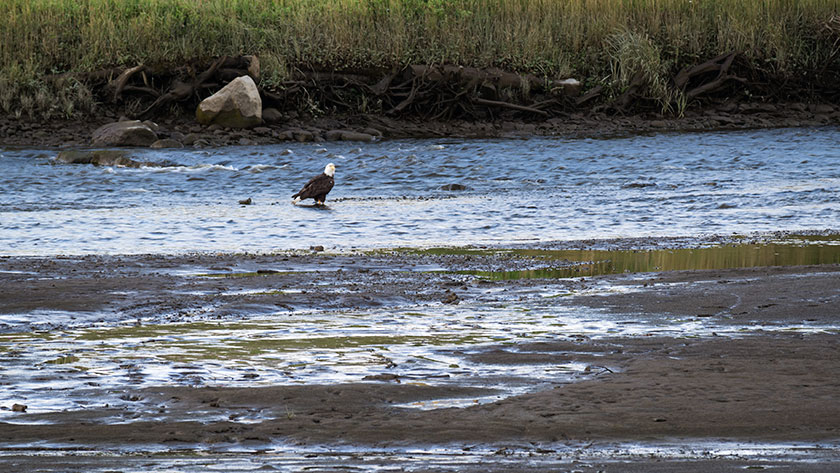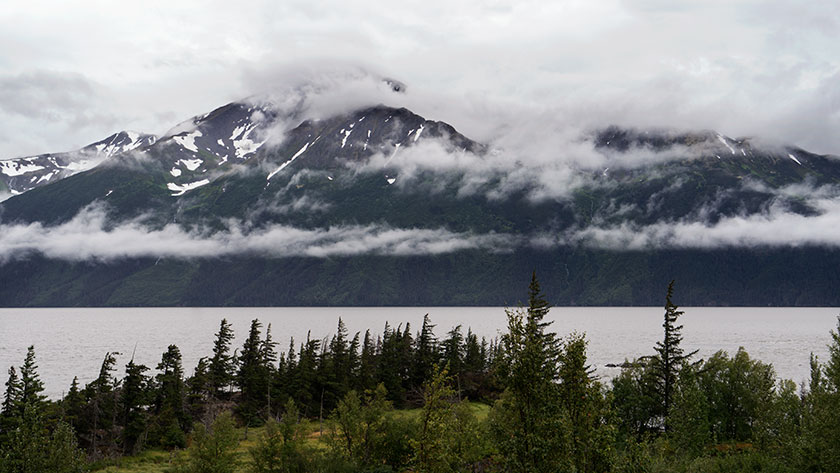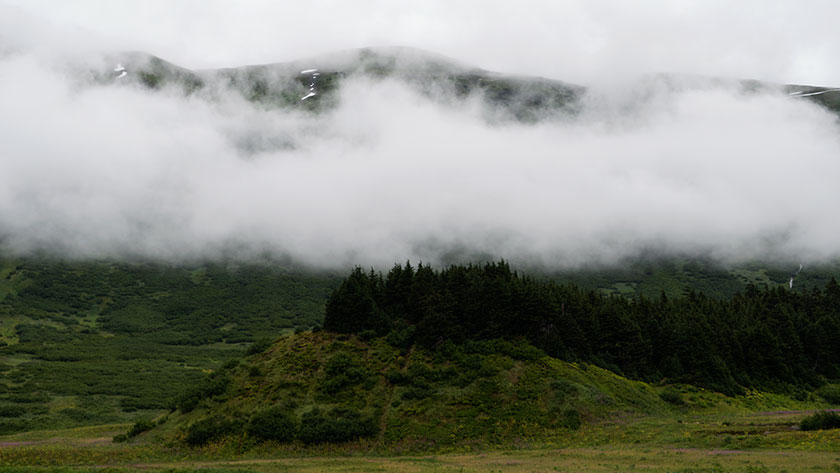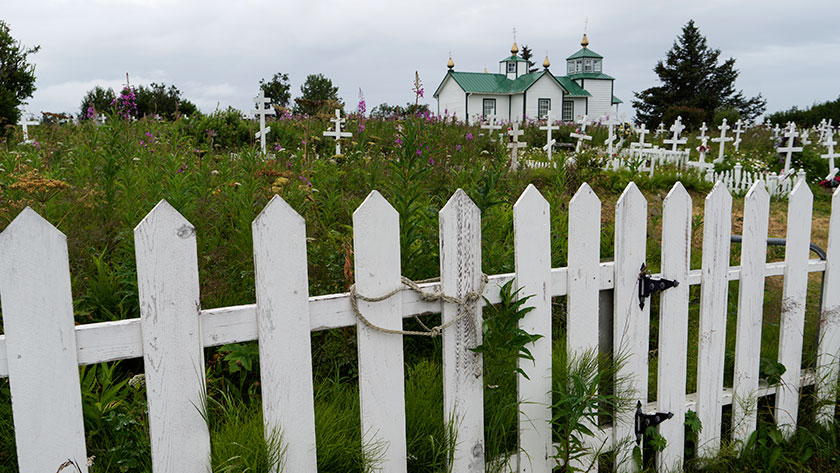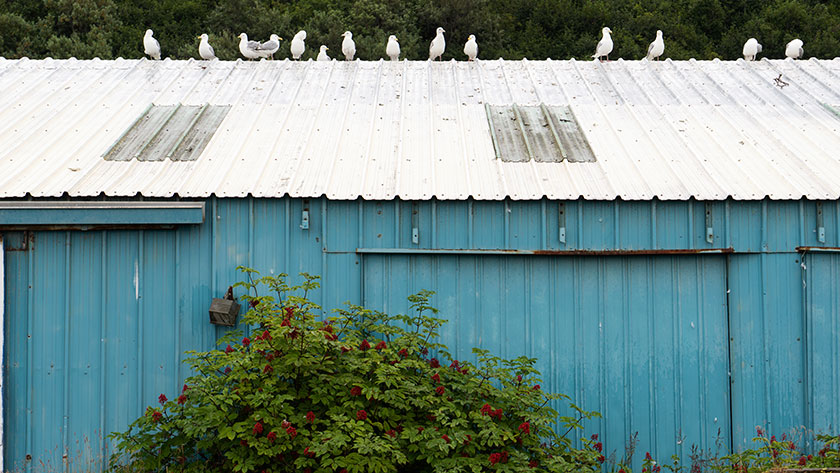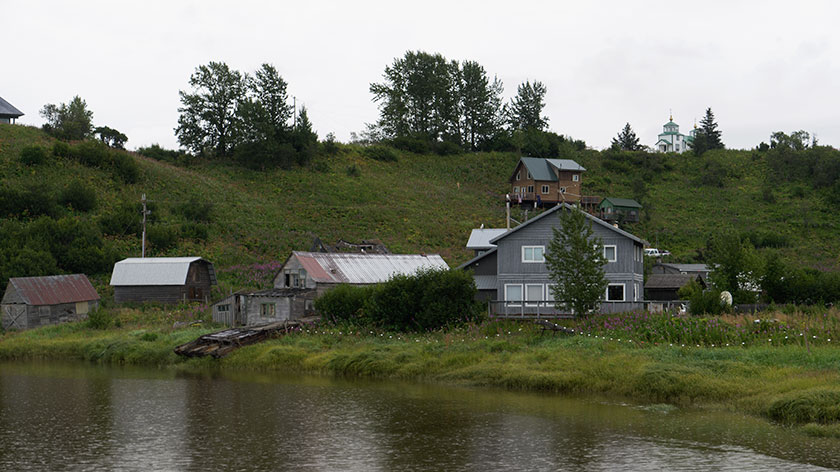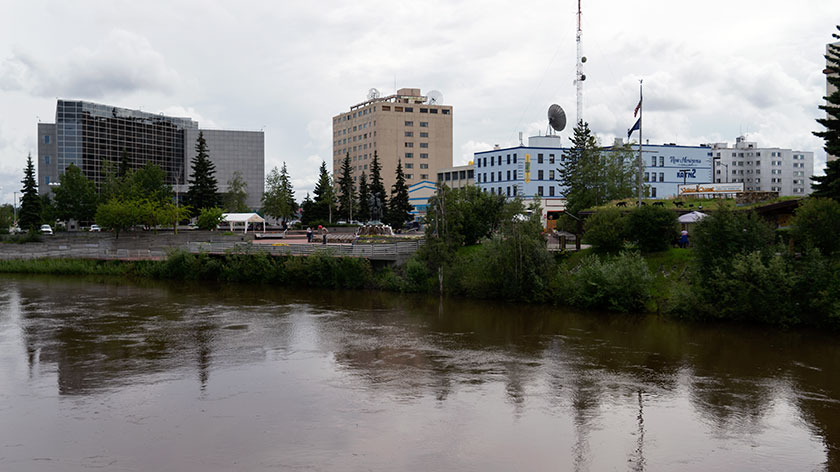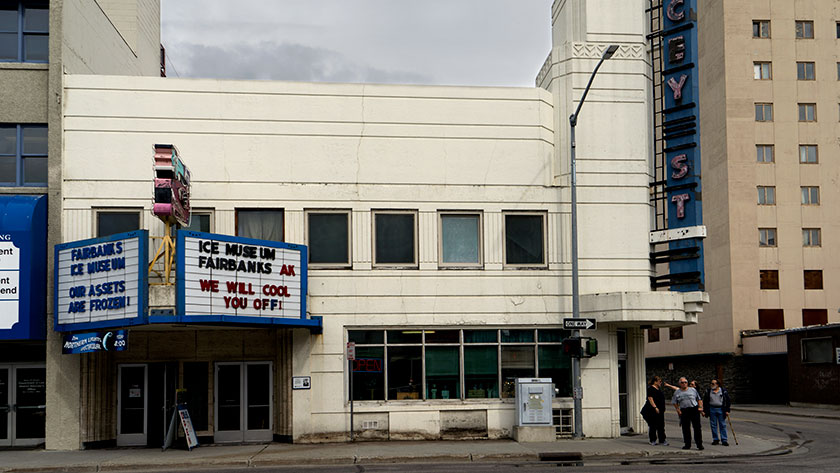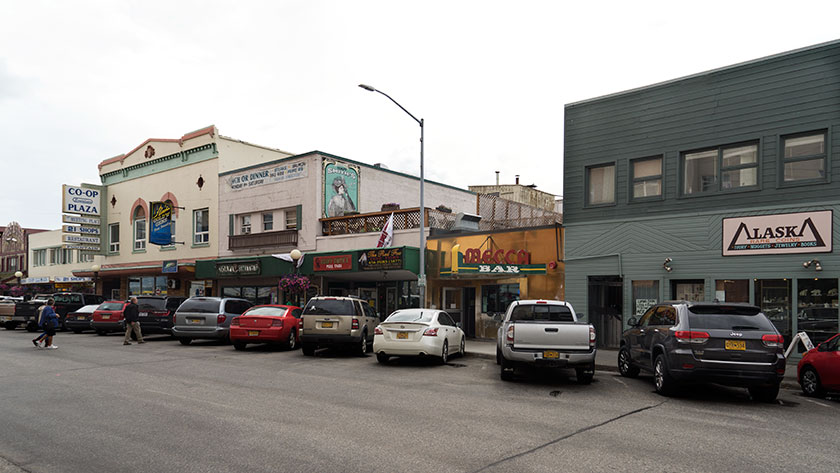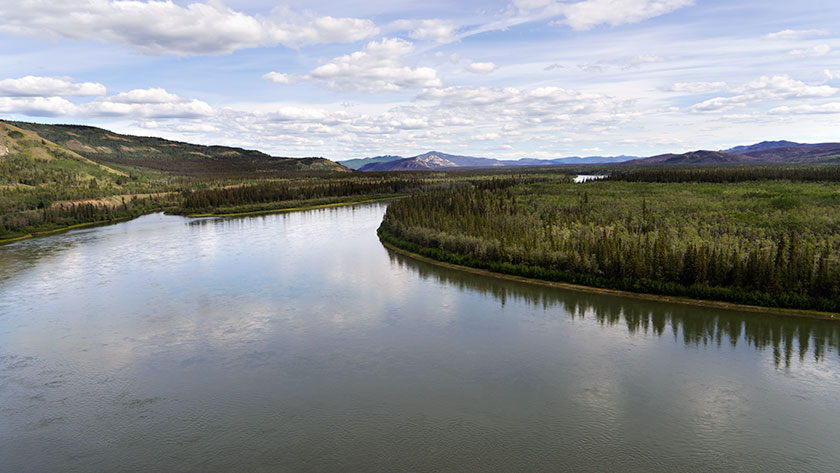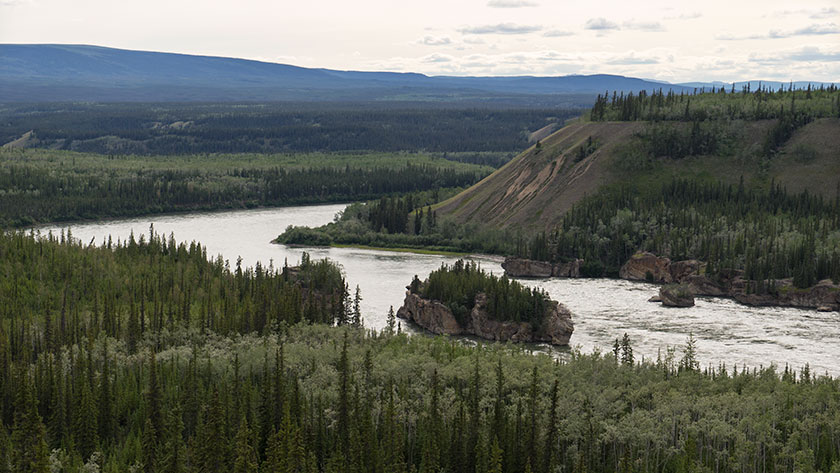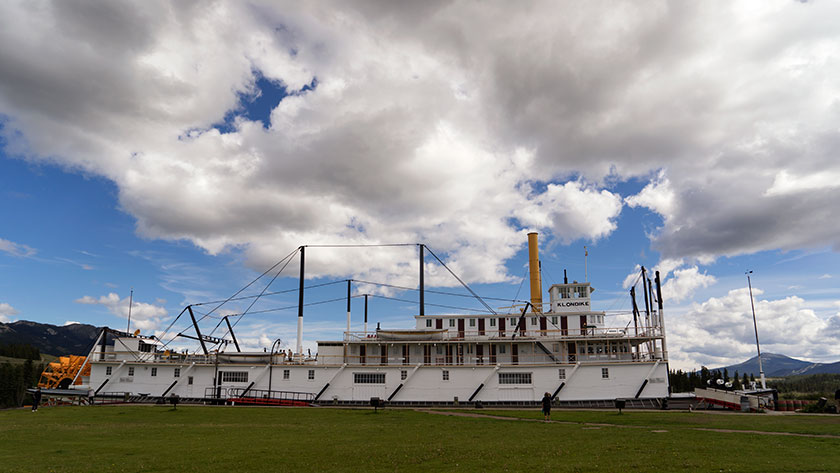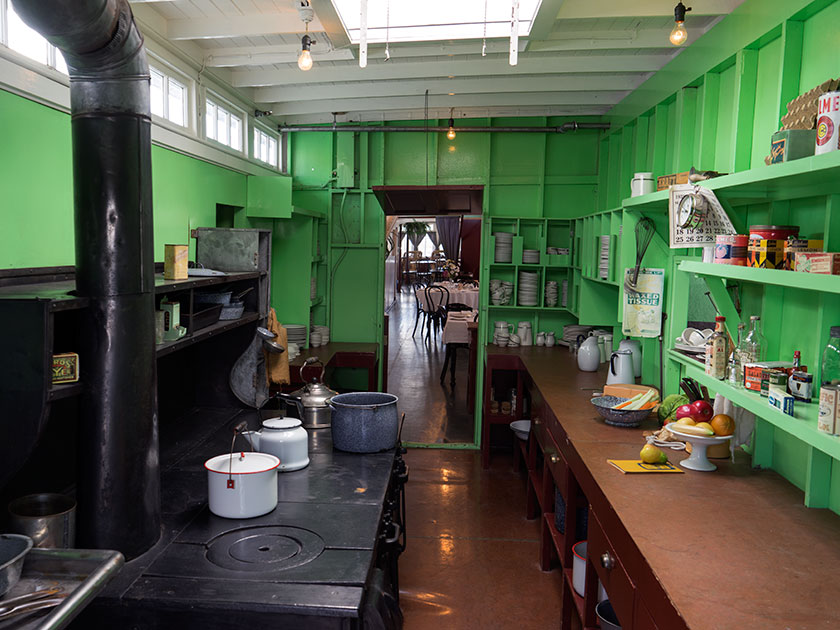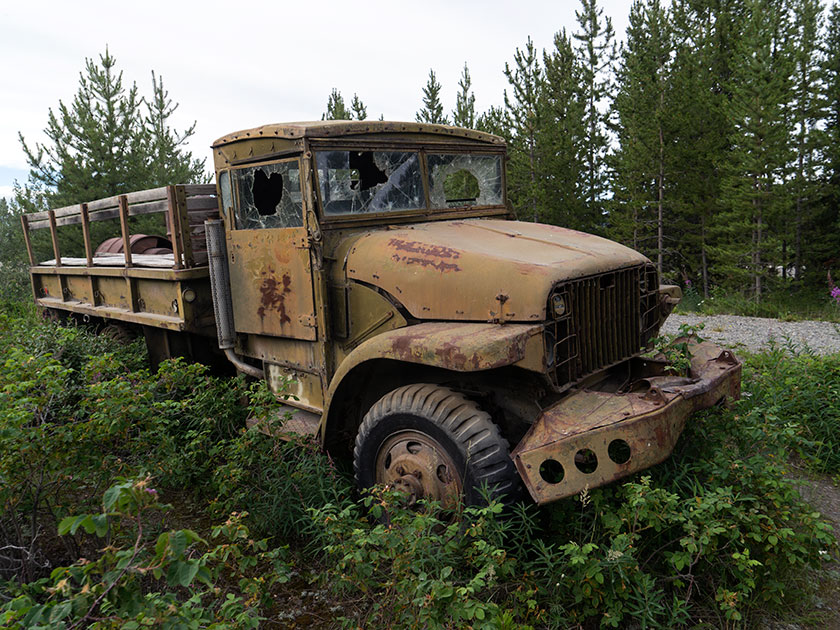This was a very satisfying weekend. The weather was nice, a little humid, but nice. Sally, Fred and Deb caught up, they were in the campsite when I got back from fishing Saturday. Yesterday, I joined the local SCCA for a day of Autocrossing, followed by a delicious salmon dinner. How could things get any better?
The first thing I spied when we rolled into Wasilla last Wednesday was the Three Rivers Fly and Tackle shop. Since Fred and I decided that we would exclusively fly fish on this trip, I’ve found that the box stores can’t give the kind of local information that the independent fly shops can. So, after dropping Fritz off at the dealer, we hopped into the beater and paid a visit to Three Rivers.
Normally, these stores are an esoteric experience. You get the feeling that you should wear a tweed jacket, smoking a pipe with one hand, while balancing a glass of 12-year-old in the other. This store isn’t like that. It’s more like a garage where guys hang out to b.s. because they like what happens there.
The first thing I noticed when we walked into the crowed store, was they had two rods set up on contraptions that seemed like homemade lathes. They were actually making repairs to someone’s equipment right there in the store. Not the normal, “Yes, we’ll send it out and have it repaired. You can expect it back in two weeks.”
I waited my turn, and then told them how we’ve come up from the States, oops I meant the other states, and how I’d like to do some salmon fishing. After a couple more questions, he pulled out a local map and gave me two local places that are twenty and thirty miles away. I guess in Alaska, that’s local. Then he showed me how to set up my rig before finally recommending flies.
On the tray before me, lay an assortment of fuzz and feathers that no self-respecting fish would ever consider putting in their mouth. They were the colors that my little sister wore in junior high school. He swore that they worked, so I bought a mix of several colors and put them in the bag. “Why do you need to buy more flies?” Anne questioned from behind. “Because, they’re there,” was my feeble reply.
After I got all of my chores done the next evening, I drove out to the Little Susitna River and in spite of leaving my waders in Fritz, I walked into the water up to my knees. The fish were there, I could see them swirling. I couldn’t get to them. The new flies were weighted, and when I would try to cast, the weight would jerk and snap like the outside person when you played ‘crack-the-whip‘.
When I got home fish less that night, I researched the Internet to find out what I was doing wrong. Friday we went to the car dealer and retrieved my waders and a couple other items. Saturday morning, I left for the fishing hole. With a few rig adjustments and my waders, I was able to land the flies right where I saw fish two days ago, and I did. Hour after hour, I perfectly landed flies on target, before retrieving the line and doing it again.
The afternoon passed and I grew weary and decided to call it a day. “Three more casts,” I thought to myself. On the third cast, the line stopped its drift, so I snapped the rod to the vertical. Something pulled back, and in milliseconds a silver rocket broke the surface of the water, clearing the lower tree branches. Then just as quick, it jumped a second time every bit as high, before it turned and looked at me then gracefully . . . spit out the hook. It was gone.
Thrilled and disappointed simultaneously is how I felt. “At least I hooked one,” I thought. But now there were several swirls in the water before me, and with all that activity, I gave in and made one more cast. As before in mid drift, the line stopped and I set the hook. Like an instant replay, the fish jumped only this time when she came down, she began to take out line. This was a good fish.
For twenty minutes we battled (even I think that sounds corny). She would take out line, before I would reel it back in. Finally she tired and other than a few head shakes, she was a big weight at the end of my line. I needed to land her and I looked around. I didn’t have a net. A boat full of fishermen were watching nearby, so I gestured that I could use a net, but they didn’t understand and powered by with thumbs up. I did the only thing I could. I began to step by step make my way to the shore, where I beached and subdued her. She was a female seven and a half pound silver salmon. My first.
I put it in the garbage bag I brought for such an occasion, and placed it into the trunk. On the way back to camp, I stopped and bought ice for the bag. I drove the rest of the way home with a smile on my face.
Fred, Deb and Sally were in camp when I arrived and the inevitable question came, “Did you catch anything?” Without saying anything, I opened the trunk and pulled out my trash bag.
Fred said, “Wow!”
Deb said, “Beautiful.”
Anne said, “Ewww!”
This morning Fred and I are going out fishing. He wants to catch one like we had for dinner last night, and I promised to show where I caught it. On the way, we have to stop off a Three Rivers, so he can buy some ugly flies and I can have them replace the tip of my fly rod that I broke on Saturday.
jw
